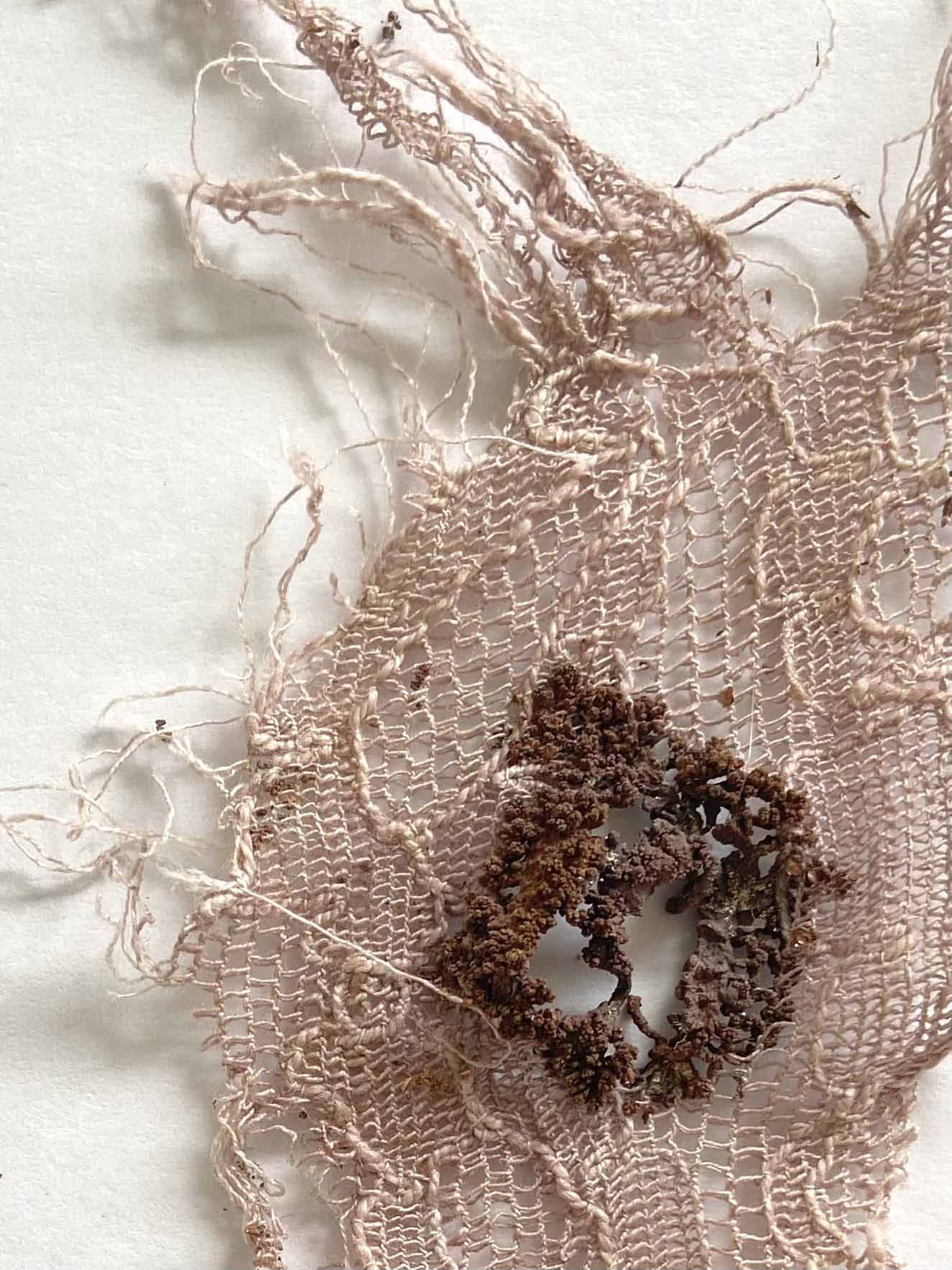The arts and creative industries continue to grow in Australia, and particularly within Melbourne.
This is due to increased interest, along with government support and a longstanding cultural focus across the arts in general.
Multi-skilled and employable in a range of creative industries, our graduates continue to make significant contributions to contemporary art and culture, nationally and internationally.
In the School of Art at RMIT University we pride ourselves in achieving outcomes that not only prepare for, but enhance the future careers of our graduates. ‘Work ready’ is a term often used to describe these qualities; with our graduates seen as future leaders, or indeed shapers of the ‘world of work’.
Many of our graduates have continued on to become:
- artists in every field of contemporary art, craft, sound and performance art
- photographers
- sound engineers
- musicians and sound performers
- teachers, academics and researchers
- curators and museum personnel
- arts writers and theorists
- arts administrators and cultural officers
- technical specialists within a wide range of creative and cultural fields
- moving image practitioners, including filmmaking.
The skills you develop as a deeply creative, critical and independent thinker are skills that are lifelong. These skills make you competitive in any occupation or vocation. The communities and culture you build through this vibrant and intense degree will go on to shape the societies we share.














